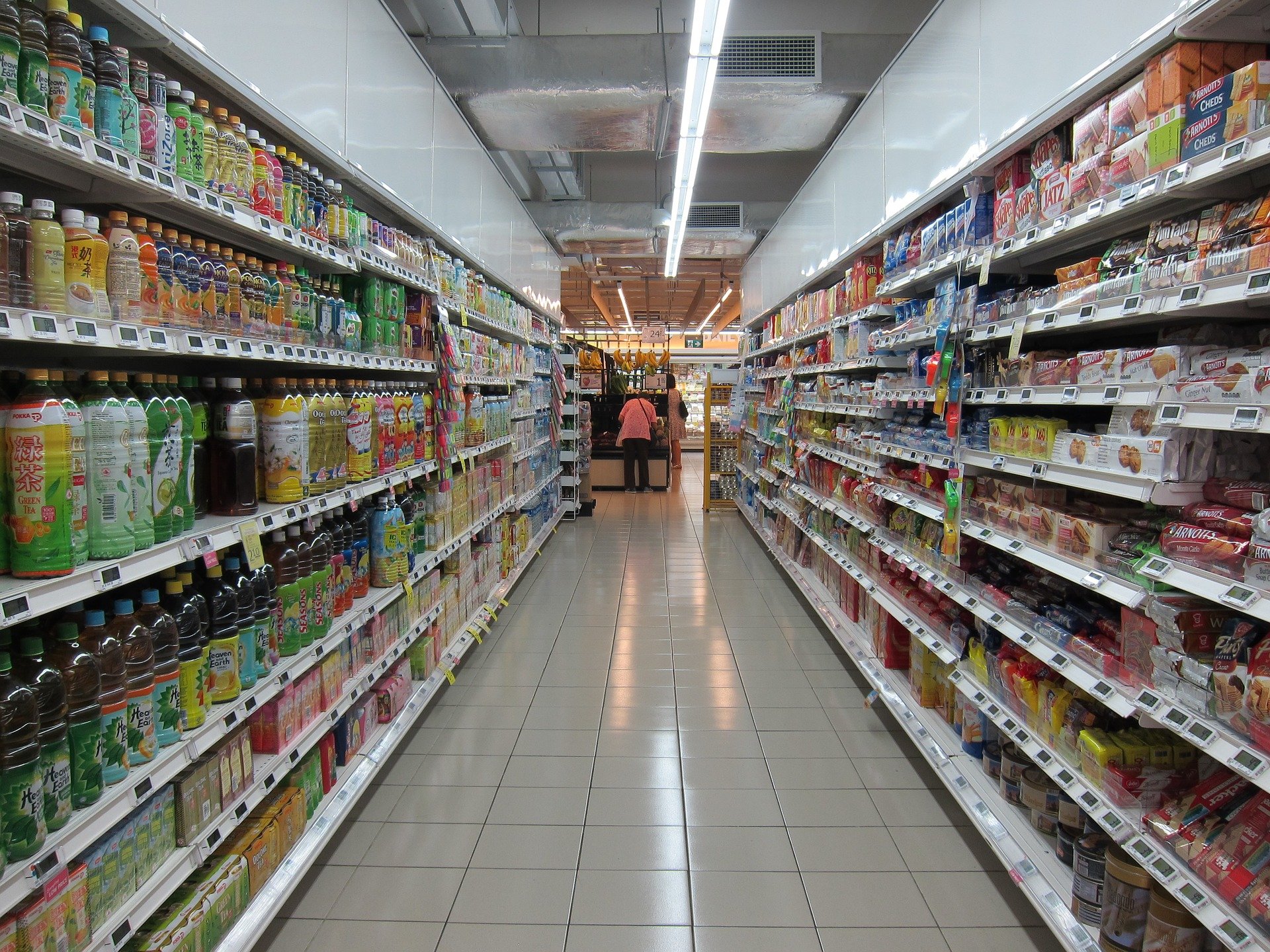Electronic Shelf Labels For Grocery Stores: How Can They Help Boost Sales
Electronic shelf labels first appeared about a decade ago, but the market has been a little slow to adopt them. As such, there have been several setbacks for the ESL industry, including the returns on investment. However, it is about to change soon.
With the evolving technology and improved accessibility for retailers and customers, the ESLs have a lot to offer. And in this article, we have listed some of the same.
Keep reading to learn more.
Accurate And Reliable Pricing
The first and the foremost benefit that ESLs have to offer is with the pricing strategy. Traditionally, what stores do is print and paste a paper label on the shelves for the stocks. This not only increases the cost of labeling but also does not offer a flexible pricing strategy.
On the other hand, using ESLs can easily get rid of these issues. For example, any price change can be immediately updated on the labels. Also, the customers, the stockists, and the retailers can access the same information on their network-connected devices such as mobile phones.
Synchronized Retailing Channels
The list of IoT devices for grocery retailers is a long one. From inventory management to invoicing, there are endless technology solutions available in the market. However, installing a separate device for each operational task can increase the costs for the retailers.
But, with ESLs this is no-fuss at all. As the experts at SES-Imagotag explain, ESLs can be integrated with the inventory management software. Subsequently, simplifying the process of keeping track of the stock and on-shelf items. Besides, the information can be accessed from almost anywhere.
E-Commerce Applications Of ESLs
Yes, the ESLs can also enable retailers to boost their sales online. With live inventory tracking, and pricing and invoicing features, the electronic shelf labels can open up the otherwise closed channel for retailers.
Notably, grocery store retailers can accept, manage, and deliver their products through synced apps and devices. Not just that, the retailers have the added advantage of communal recognition and reputation. Thus, putting them at the forefront of the competition with e-retailing.
More Customer Engagement
Most important of all is the feedback from the customers. According to a report, nearly half of the window-buyers admit that electronic labels are more engaging.
The labels not only catch the customers’ eyes quickly but also offer them access to other information. It could be anything from nutritional values to the ingredients of the product.
The benefits are not just limited to these. Electronic shelf labels offer more flexibility to the retailers while also improving their brand image as a sustainable business. Perhaps, it is rightly said that ESLs are the 21st-century marketing tools for in-store retailers.
In addition to the cost benefits, ESLs also help with in-store advertisements, thus generating more leads for the products. The present world measures profitability in point-based data. And the same data reveals that in-store advertising is one of the leading expenses for grocery stores.
Perhaps, with increased sales and lower investment costs, retail stores would see more technological advancements.
- 7 Key Web Design Principles To Create Impactful Web Experiences - June 20, 2024
- Why Your Small Business Needs SEO To Succeed - June 1, 2024
- Ultimate Guide to How Encoders Work: Types & Applications - June 1, 2024





